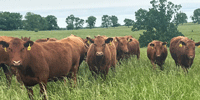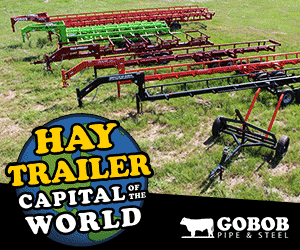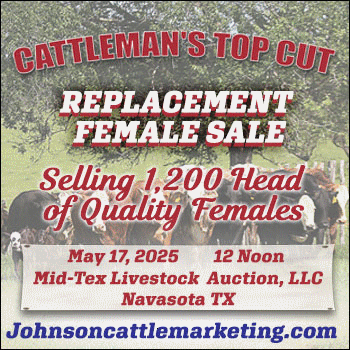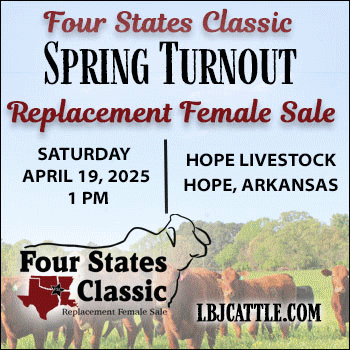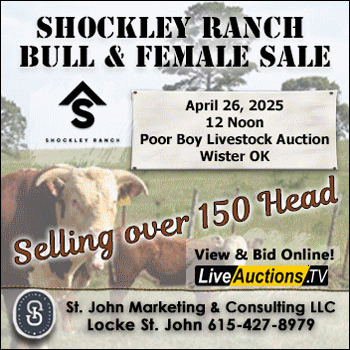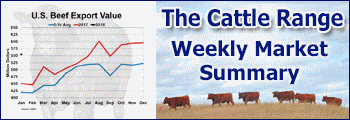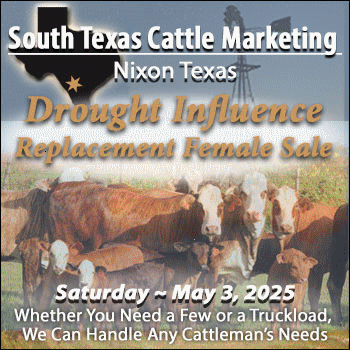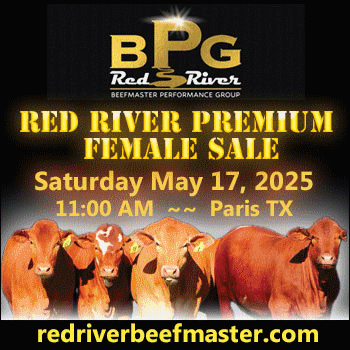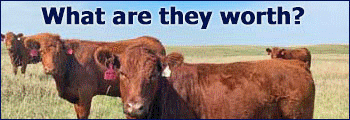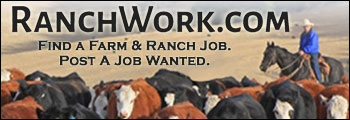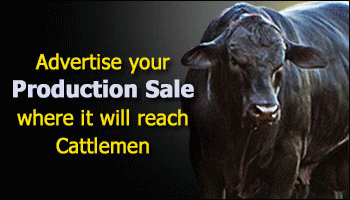Source: American Farm Bureau Federation
Every five years Congress passes legislation that sets national policy on agriculture, nutrition, conservation and forestry. The first real farm bill was the Agricultural Adjustment Act of 1933, part of the government’s New Deal response to the Great Depression, following a decade of failed efforts to address low crop prices after World War I. The original goal was to raise prices for farmers to a level at ‘parity’ with 1910-1914. Over the 18 farm bills that have been passed since 1933, various provisions and programs have been added including those related to crop insurance, conservation and nutrition. Livestock, though, has had a limited place in all of these farm bills, including the most recent version, the Agriculture Improvement Act of 2018 (PL 115-334), set to expire in 2023.
This Market Intel will help readers better understand the livestock-related provisions scattered through the farm bill, what they do for U.S. livestock producers, and other risk management tools that are also available outside of the farm bill.
What’s in the Farm Bill for Livestock Producers
Provisions related to livestock inspection restrictions first appeared in the farm bill in 1996 under the Miscellaneous Title. In 2008 livestock was given its own title, Title XI, but was moved back under Miscellaneous in 2018. The 2018 farm bill did very little to expand livestock provisions under the Miscellaneous Title.
In 2014, three livestock-related programs were permanently incorporated as supplemental disaster programs under Title I, which covers commodity programs. This title provides certainty and predictability to eligible producers by reauthorizing and improving commodity, marketing loan, sugar, dairy and disaster programs. The three livestock programs introduced in the 2014 farm bill are:
- Livestock Forage Disaster Program (LFP)
- Livestock Indemnity Program (LIP)
- Emergency Assistance for Livestock, Honey Bees, and Farm-Raised Fish Program (ELAP)
For more details on these programs, please see our Market Intel, Revisiting Disaster Programs in the Farm Bill.
Title XII Subtitle A: Livestock
Livestock does exist in the Agricultural Improvement Act of 2018 as subtitle A under Title XII, also known as the Miscellaneous Title. Historically, the Miscellaneous Title has included a variety of provisions and has served as an incubator for programs to grow into their own titles.
Title XII Subtitle A: Livestock
- Prior to the 2018 farm bill, the Animal Health Protection Act (AHPA) contained provisions to prevent, detect, control and eradicate diseases and pests to protect animal health. The 2014 farm bill (PL 113-79) established a National Animal Health Laboratory Network to develop and enhance national veterinary diagnostic capabilities, with an emphasis on surveillance planning, vulnerability analysis, and technology development and validation. Appropriations were authorized at $15 million per year for fiscal years 2014-2018.
The existing National Animal Health Laboratory Network (NAHLN) authority was revised to also establish the National Animal Disease Preparedness and Response Program (NADPRP) and the National Animal Vaccine and Veterinary Countermeasures Bank (NAVVCB). These three programs will improve how the U.S. protects against, prepares for, and responds to animal and zoonotic disease outbreaks, including foot-and-mouth disease. Commodity Credit Corporation funds of $120 million are provided for fiscal years 2019-2022, of which $20 million is reserved for the NADPRP, and
- $100 million is to be allocated among the NAHLN, the NADPRP and the NAVVCB. For fiscal year 2023 and each year thereafter, the bill provides $30 million of Commodity Credit Corporation funds, $18 million of which is reserved for the NADPRP, and $12 million allocated among the NAHLN, the NADPRP and the NAVVCB. Additionally, the authorization of appropriations for NAHLN is increased to $30 million per year for fiscal years 2019-2023. An authorization for appropriations is established for the NADPRP and the NAVVCB for such sums as are necessary for each of fiscal years 2019-2023.
- The 2018 farm bill also provides for a USDA study on the feasibility of establishing a Livestock Dealer Statutory Trust, including analysis of the potential impacts a trust would have on livestock producers, dealers, markets, financiers and other parties in the livestock sector. Livestock dealer insolvency can result in substantial unpaid sums to producers and auction houses. The establishment of this trust ensures that all cash sellers of livestock have recourse to obtain payment in the case of a dealer bankruptcy. The American Farm Bureau Federation has strong policy supporting these changes and encourages USDA to stay engaged with stakeholders should further revisions to this proposal be warranted. For more information and AFBF’s comments please follow this link.
Other Livestock Risk Management Tools
There are several livestock insurance products that have been developed outside of the legislative process, though they are supported by farm bill resources.
Livestock Risk Protection (LRP) is an insurance risk management tool that provides protection against price declines. It is available for feeder cattle, fed cattle and swine. Producers may choose from a variety of coverage levels and insurance periods that correspond to when covered livestock are sold.
The Pasture Rangeland Forage Pilot Insurance Program (PRF) was designed to provide insurance coverage on pasture, rangeland or forage acres. The PRF program uses a rainfall index to determine precipitation for coverage purposes. The rainfall index is based on weather data collected by the National Oceanic and Atmospheric Administration Climate Prediction Center (NOAA CPC). This risk management tool is best suited for producers and insures against a decline in the rainfall index.
Livestock Gross Margin (LGM) provides protection against loss of gross margin. This insurance product is available for cattle, swine and dairy. Gross margin is calculated slightly differently for dairy than cattle and swine because it uses the value of milk rather than the value of the actual livestock. LGM uses futures prices to determine expected gross margin and actual gross margin. These prices are calculated using simple averages of Chicago Mercantile Exchange Group (CMEG) futures contract daily settlement prices and are not based on the prices farmers receive at market.
- Cattle: Gross Margin = market value of livestock – feeder cattle cost – feed costs
- Dairy: Gross Margin = market value of milk - feed costs
- Swine: Gross Margin = market value of livestock – feed costs
Summary and Conclusions
From having its own title in the 2008 farm bill, to a subtitle in 2018, livestock has historically made scattered appearances in the farm bill. Livestock was included in three new permanent supplemental disaster programs under Title I of the 2014 farm bill. The 2018 farm bill included livestock as Title XII, also known as the Miscellaneous Title, Subtitle A. This subtitle revised the existing National Animal Health Laboratory Network authority to also establish the National Animal Disease Preparedness and Response Program and the National Animal Vaccine and Veterinary Countermeasures Bank. Farmers should evaluate all tools – those included in and outside of the farm bill – to determine which best suits their needs.
